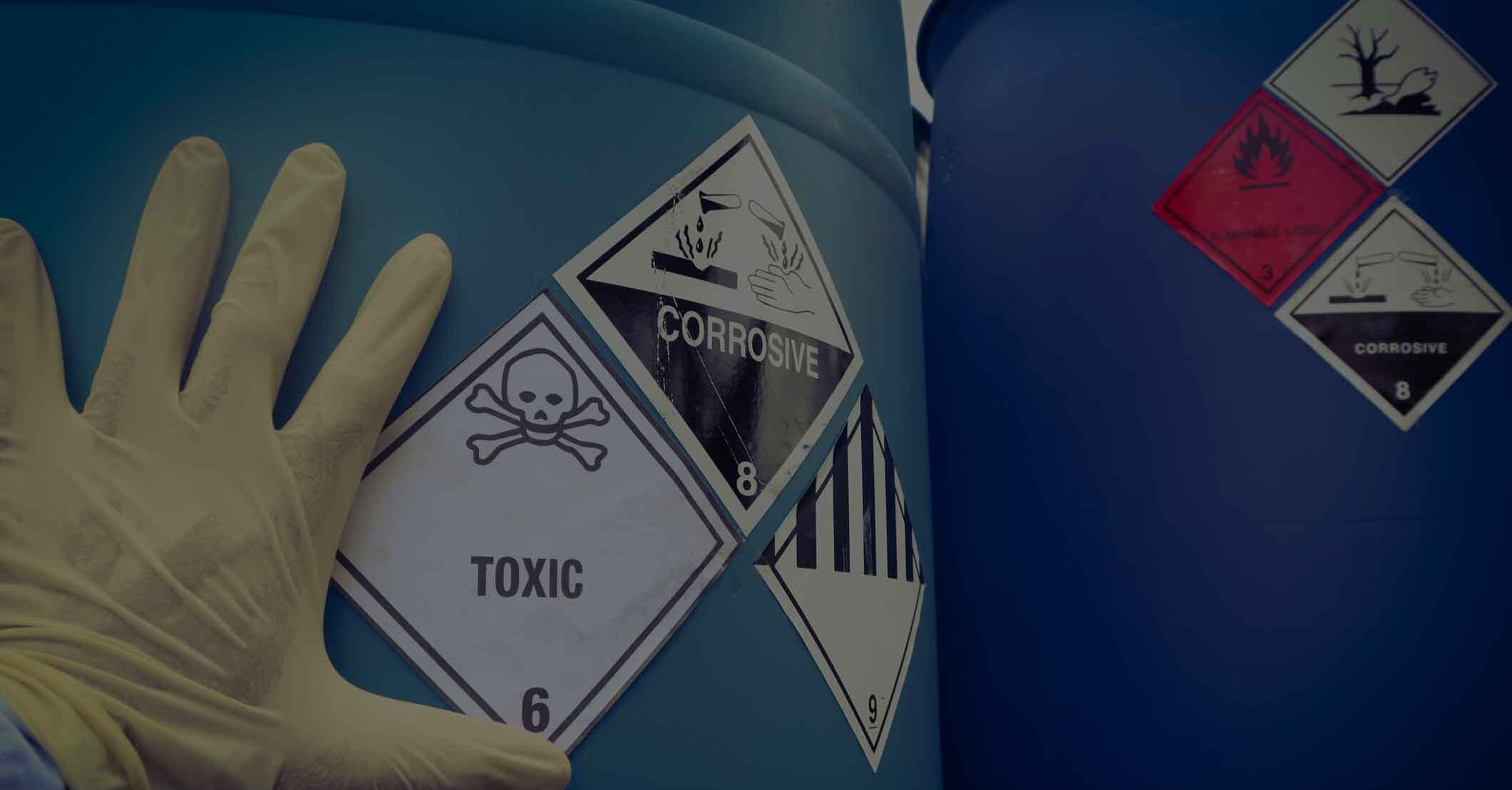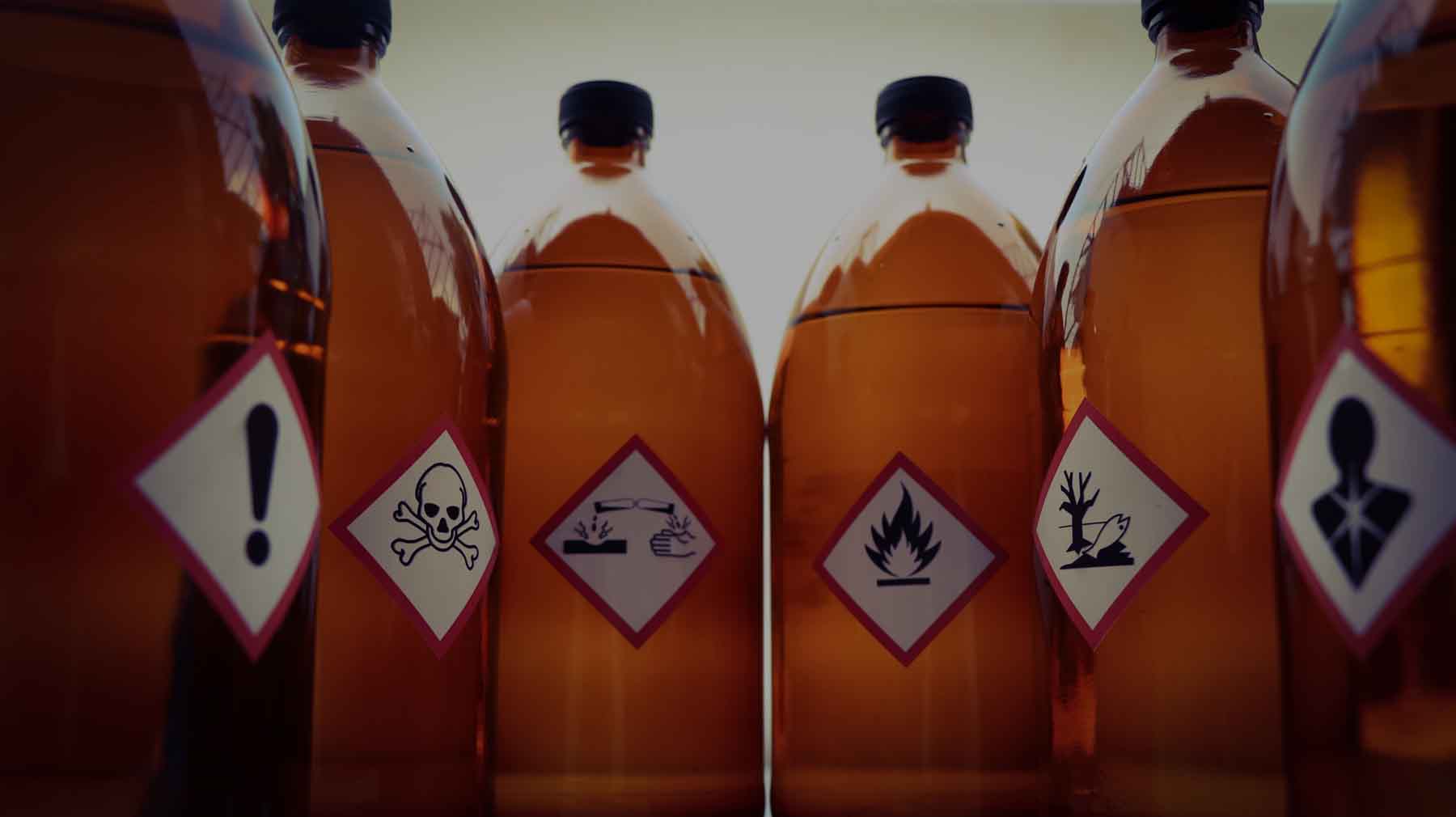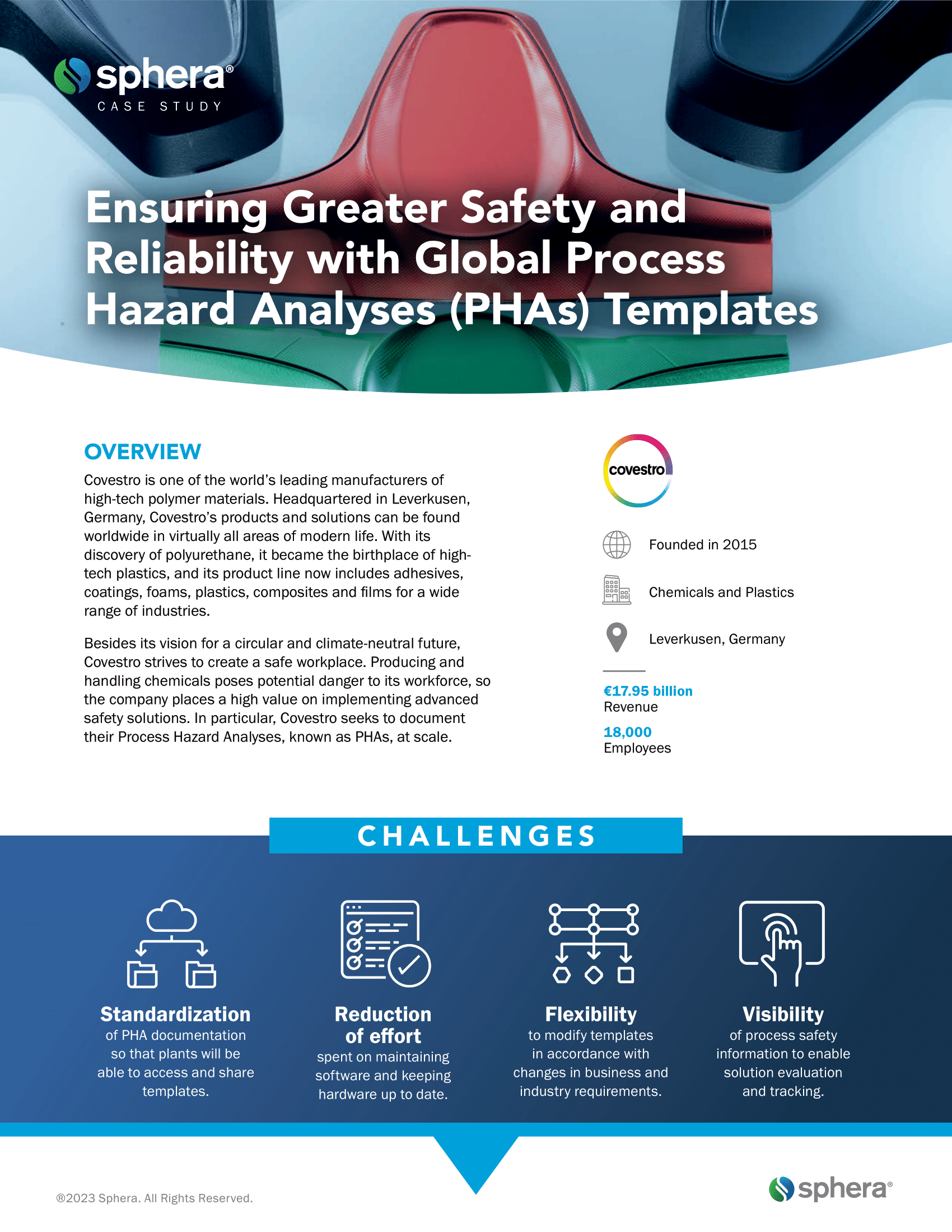In a recently published blog about Section 1 of the Safety Data Sheet (SDS), we noted that what seems easy with respect to the SDS can still be challenging due to the different requirements of relevant regulations and jurisdiction variances. This “rule of thumb” also applies to a few other sections of the SDS. But before we dive into another section of the SDS, here’s a quick refresher…
The United Nations Globally Harmonized System of Classification and Labelling of Chemicals (GHS) plays a critical role in chemical management by offering a standardized way to classify and communicate information about chemicals. The widely used SDS is a hazard communication tool that provides information to downstream users. The GHS and SDS both help organizations manage and mitigate the risks associated with the manufacture, distribution and use of chemicals.
Understanding Section 3 of the SDS
According to Revision 9 of the U.N. GHS, Section 3 of the SDS, which covers information on ingredients, requires the following information at a minimum:
- For a product that is a substance, you need to provide the chemical identity including other identifiers such as common names, synonyms, the chemical abstracts service (CAS) number and other unique identifiers. Impurities and stabilizing additives which are hazardous and contribute to the classification of a substance must also be included.
- For a product that is a mixture, you need to provide the chemical identity, identification number and concentration (or concentration ranges) of all ingredients which are hazardous to health or the environment and are present in the product above their cut-off levels.
- The concentrations should be provided as exact percentages (or ranges, if acceptable to the competent national authority) in descending order. If the effects of the mixture as a whole are not available, then the health and environmental effects should describe the effects of the highest concentration of each ingredient.
This seems quite simple, but we know that the GHS is a set of guidelines. The regulations of nations, states and localities have precedence, which conflicts with the commendable United Nations harmonization principle.

Section 3 Requirements for Ingredient Identification
Competent authorities are also requiring additional information on ingredients. This is the case with the European regulation (EC) No. 1907/2006 (REACH) Annex II and its amendments, the most recent one being 2020/878.
The chemical identity usually includes the chemical name, common name and synonyms and an identification number such as the CAS number. For Europe, the identification of a substance or an ingredient in a mixture needs to be applied in accordance with Regulation (EC) No. 1272/2008 and must also include the registration number when applicable, according to the latest REACH Annex II amendment.
Having the chemical names in the country’s official language is also a requirement unless the member state or country’s legislation confirms otherwise.
Disclosure Requirements for Substances
For the ingredient disclosure, you need to consider the impurities, additives or individual constituents. The European regulations further specify individual substances at equal to or greater than 0.1% in the mixture that are persistent, bioaccumulative and toxic or very persistent and very bioaccumulative; are restricted substances; and are identified as having other hazards such as endocrine-disrupting properties.
There are other intricacies such as the additional criteria for disclosing a substance in the case of a mixture. As an example, if you have a product that has an occupational exposure limit but is not classified, do you need to disclose your substance? This is not a GHS requirement, but some countries have adopted additional rules.
Let’s start with the exposure limits. European Annex II of the REACH regulations indicates that a substance that has union workplace exposure limits must be disclosed for preparations that are classified even if the substance itself is not presenting a health or environmental hazard according to (EC) No. 1272/2008.
For a mixture not meeting the criteria for classification, a substance at a concentration equal to or greater than 1% by weight in non-gaseous mixtures and 0.2% by volume in gaseous mixtures must also be disclosed. In addition, there are several other requirements for disclosure in Europe. The full list of requirements can be found in Annex II.
Other countries outside Europe have implemented substances disclosure requirements if the substances have exposure limits. If you prepare SDS documents for various countries, you should verify whether this requirement applies to you. It is sometimes not clearly stated in the regulations but may be implied.
As an example, U.S. Occupational Safety and Health Administration (OSHA) regulations require ingredient disclosure if it “presents a health risk below the cut-off value/concentration limits.” As a result, if, under normal conditions of use, a substance presents a health risk even though it is below the cut-off limit, it must be disclosed in Section 3.
There may also be different cut-off levels for ingredient hazards that will impact a preparation classification and different concentration limits for a substance in a preparation requiring disclosure in Section 3 of the SDS, depending on the competent authority regulations.

Requirements for Concentration Ranges and Trade Secrets
Concentration ranges are another aspect that requires attention because there may be various criteria depending on the authority requirements. If you intend to provide the exact concentration of the ingredients to be disclosed, you will have no problems. But if you want to instead provide ranges because you do not want to divulge your product formula if it is not necessary, you will need to verify the requirement for the jurisdiction.
Some countries like Canada and South Korea will allow ranges but provide specific guidelines on the ranges to use. Europe also allows ranges, but if the effects of the mixture as a whole are not available, then the health and environmental hazards shall describe the effects of the highest concentration of each ingredient.
As for the U.S., providing the exact concentration is a requirement unless there is batch-to-batch variation, or the SDS is used for a group of substantially similar mixtures. If a trade secret claim is made, a statement needs to be added to the SDS to specify that the exact chemical identity and/or percentage (concentration) of the composition has been withheld as a trade secret.
You may also want to withhold the exact chemical name of one or more key ingredients that are required to be disclosed for the same reason. For the U.S., as mentioned above, this is also possible.
For Canada, you can protect the actual chemical name and concentration, but you need to file a claim and add the Hazardous Materials Information Review Act Registry Number (HMIRA RN) with its granted date to your SDS. Be aware that a claim may be subject to fees. To avoid tedious administrative work and charges, there may be other options.
For Canada, as described above, you can decide to use ranges instead of the exact concentration to avoid revealing the exact composition. But there may also be limitations. The Canadian regulations have prescribed ranges that must be used. Additionally, you need to indicate in Section 3 of the SDS that the actual concentration range has been withheld as a trade secret.
Before leaving out information in Section 3 due to a trade secret, or applying concentration ranges, you will need to consult the country’s regulations for the options that can be applied.
Additional Data Required in the EU
After covering the ingredients that need to be disclosed, the identification of these chemicals and the concentration disclosure options, you now need to determine if additional data is required. The 2020 amendment of the European Annex II to the Regulation (EC) No. 1907/2006 requires further information to be provided.
Since December 31, 2022, for EU member states, the acute toxicity estimate, the specific concentration limit and the M-factor must be added to SDS Section 3 when applicable.
This is the case for substances that have acute or chronic aquatic toxicity category 1. Determining the increased weight to apply according to the toxicity values is necessary. Including the particle characteristics of a nanoform is also a requirement.
Complying with SDS Section 3 Requirements
Is that all? I wish I could say yes! I have covered the main requirements for Section 3 of an SDS, but some countries that I have not mentioned may have other particulars that need to be consulted if you intend to work on a country-specific SDS.
Even with the information I have provided, you will still need to consult the applicable cut-offs for the disclosures that may be different from one country to another. The complexity in fulfilling SDS requirements has become exceptionally challenging due to regulatory changes and the need to comply with legislation that differs depending on the jurisdiction. The good news is that there are authoring solutions available that integrate these variations and can help you prepare SDS documents more efficiently.










